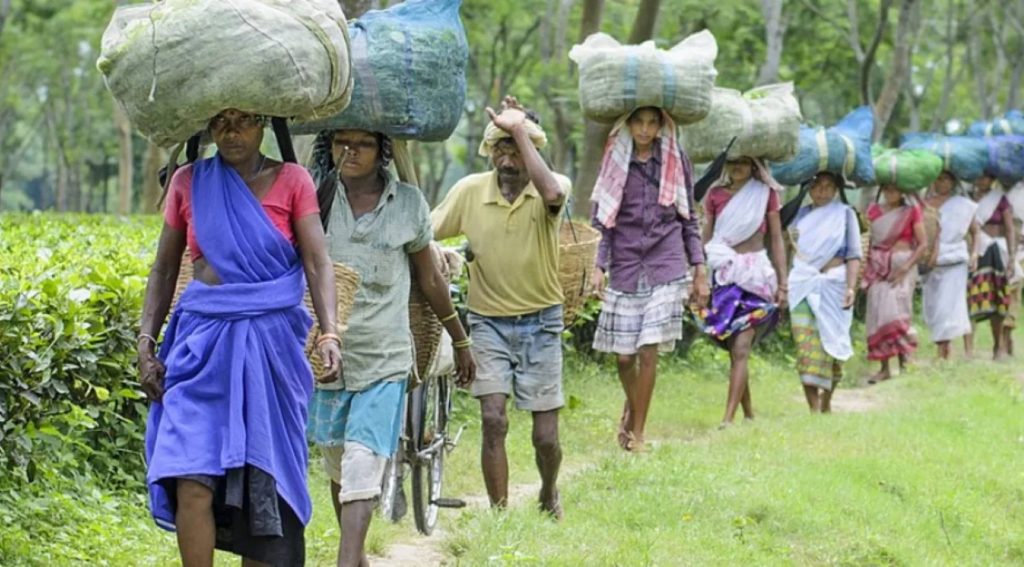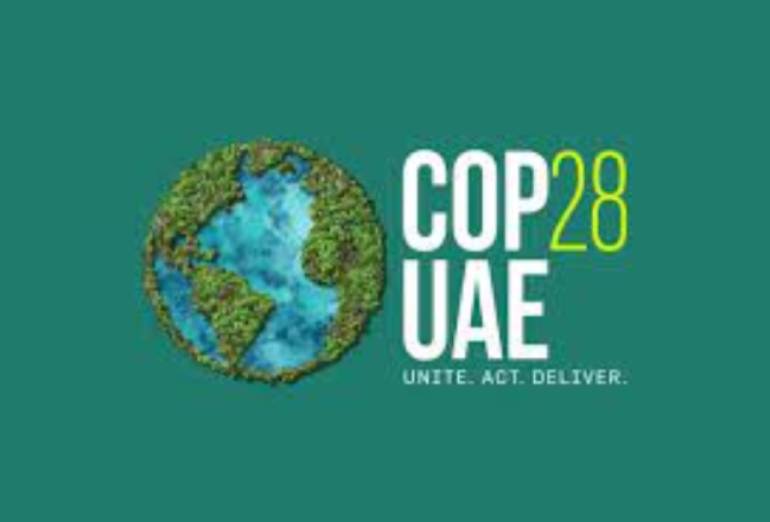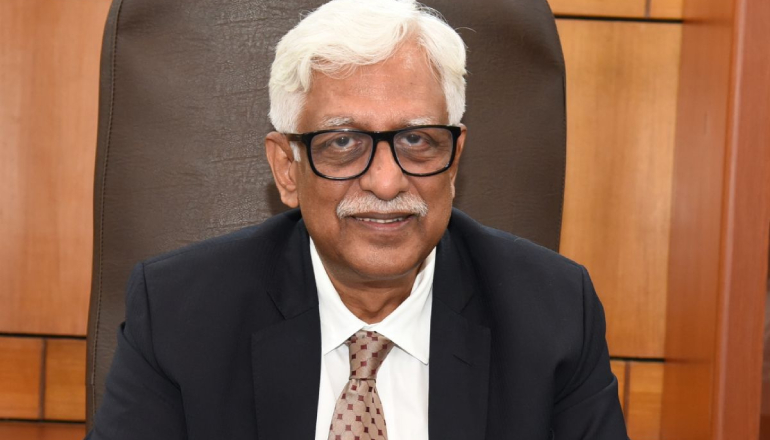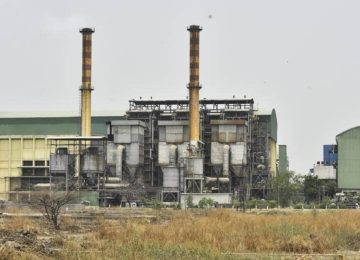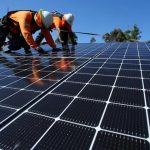The lush, ancestral lands of Karbi Anglong, Assam, hummed not with the expected whir of turbines or the silent glint of solar panels, but with the resolute voices of the indigenous Assamese communities.
For generations, the Karbi, Naga, and Adivasi peoples, forming the heart of the Assamese community, have been the custodians of these vibrant ecosystems, their lives interwoven with the forests and rivers.
So, when the Asian Development Bank (ADB) announced its ambitious $434 million loan for the Assam Solar Park, it wasn’t seen as progress, but as a direct threat to their very existence.
Beyond Assam: A global pattern of dispossession:
The cancellation of the Assam Solar Park project, a direct result of the tenacious resistance from the Karbi, Naga, and Adivasi communities, throws into sharp relief a worrying global trend.
Indigenous communities worldwide are increasingly vocal in their opposition to renewable energy initiatives that threaten their land, livelihoods, and cultural heritage. These include examples like the wind farms of Mexico’s Isthmus of Tehuantepec, which have faced delays and relocations due to protests by Zapotec and Huave Indigenous peoples, to the World Bank-financed transmission lines and hydro projects in Nepal.
In India alone, the statistics are staggering. Over 50 million people have been displaced in the last 50 years due to development projects – dams like the Sardar Sarovar, coal mines such as Parsa East Kete Basan, industrial zones, and even wildlife sanctuaries. These projects, often touted as engines of economic growth, have systematically uprooted communities, severing their ties to ancestral lands, disrupting traditional knowledge systems, and pushing them into cycles of poverty and hardship.
The fact that nearly 50% of those displaced by medium irrigation projects in India are tribal families speaks volumes about the disproportionate burden borne by indigenous populations.
The human and environmental cost: A web of interconnected impacts:
The proposed Assam Solar Park threatens to engulf sacred forests and customary territories, threatening indigenous communities’ identity, culture, and existence.
Displacement for development projects can lead to health issues, disrupted children’s access to education, healthcare, and welfare services, and discriminate policies against women. The loss of land could result in secure income for women and dismantle traditional knowledge systems.
Environmentally, such projects pose irreversible threats. The Assam project, for instance, imperiled critical bamboo forests vital for elephant migration and pristine water bodies near wildlife sanctuaries, echoing concerns seen in other ecologically fragile regions like Wayanad in Kerala, which has experienced increased landslides due to environmental degradation linked to “development” activities.
In India, a significant portion of solar projects (around 68%) are sited on agricultural land, and 19% on natural ecosystems, leading to potential biodiversity loss, threats to community livelihoods, and compromised food security.
The Great Indian Bustard in Rajasthan, for example, faces threats from power lines associated with solar and wind projects. These large-scale energy projects can exacerbate ecological fragility, leading to a loss of biodiversity, deforestation, and contamination of water sources.
Social and economic ripples: beyond the project site:
The displacement of indigenous peoples for development projects directly impacts the “social” component of ESG frameworks. This is not a mere compliance issue; it’s a profound ethical concern regarding human rights, equity, and
social justice.
The impact extends far beyond the immediate community. The cancellation of projects due to social and environmental concerns can lead to economic losses for investors and developers, reputational damage, and increased project risks.
From a broader perspective, the social economy, which encompasses community-based initiatives and traditional livelihoods, can be severely undermined. Displacement and disruption of human capital, including collective skills, knowledge, and health, can lead to long-term economic consequences, hinder local development, and perpetuate
poverty cycles.
When landless laborers, particularly women, lose their traditional roles on family farms due to land acquisition for solar parks, they often resort to low-paying, exploitative jobs, as seen in the case of Pavagada solar park.
CSR’s moral compass: navigating the new landscape:
The shift in project viability due to indigenous resistance also has significant implications for ongoing CSR projects.
Organizations working with these communities often focus on education, healthcare, and skill development. However, when the very foundation of a community – its land and self-determination – is threatened, CSR efforts become diluted or even rendered moot.
CSR initiatives must therefore, move beyond token gestures and truly integrate social justice and human rights into their core strategy, supporting communities in their fight for land rights and self-determination, rather than inadvertently legitimizing projects that cause harm.
Take for example the Bishnoi community in Rajasthan. Known for their deep reverence for nature and willingness to protect trees with their lives, it offers a powerful lesson for CSR. Their community-based conservation model, alongside examples like the Irula tribe’s involvement in joint forest management in the Nilgiri Biosphere Reserve, demonstrates how indigenous wisdom can inform and enhance sustainable development and CSR efforts. Companies like Tata Motors, which integrates environmental and social responsibility, focusing on women’s empowerment, health, and skill development, offer a model for more holistic CSR.
Development and social justice hand-in-hand:
The Assam Solar Park victory, and similar struggles globally, underscore a fundamental truth: it is not a war between development and social justice.
This is a false dichotomy. True, sustainable development cannot come at the expense of human rights, environmental integrity, or cultural heritage. It must be a process that uplifts all, respecting the rights and well-being of the most vulnerable.
The insistence of indigenous communities on Free, Prior, and Informed Consent (FPIC), their deep understanding of local ecology, and their commitment to protecting vital ecosystems are not obstacles to progress. They are the very essence of genuinely sustainable development.
The unwavering resolve of the indigenous communities of Karbi Anglong is a powerful beacon of hope, demonstrating that their united voices in defense of their land and way of life are a formidable force for positive change.
The path forward lies in a just transition towards renewable energy, prioritizing decentralized, community-owned models like rooftop solar and microgrids, ensuring that India meets its climate goals not by sacrificing its people, but by
empowering them.
In this new paradigm, people truly come first. The success of solar-powered water supply schemes in Palghar district, Maharashtra, which have freed Adivasi women from arduous daily water collection and enabled them to engage in other activities, and solar-based irrigation systems benefiting farmers, exemplify how community-led, smaller-scale renewable energy projects can genuinely enhance livelihoods and well-being.


